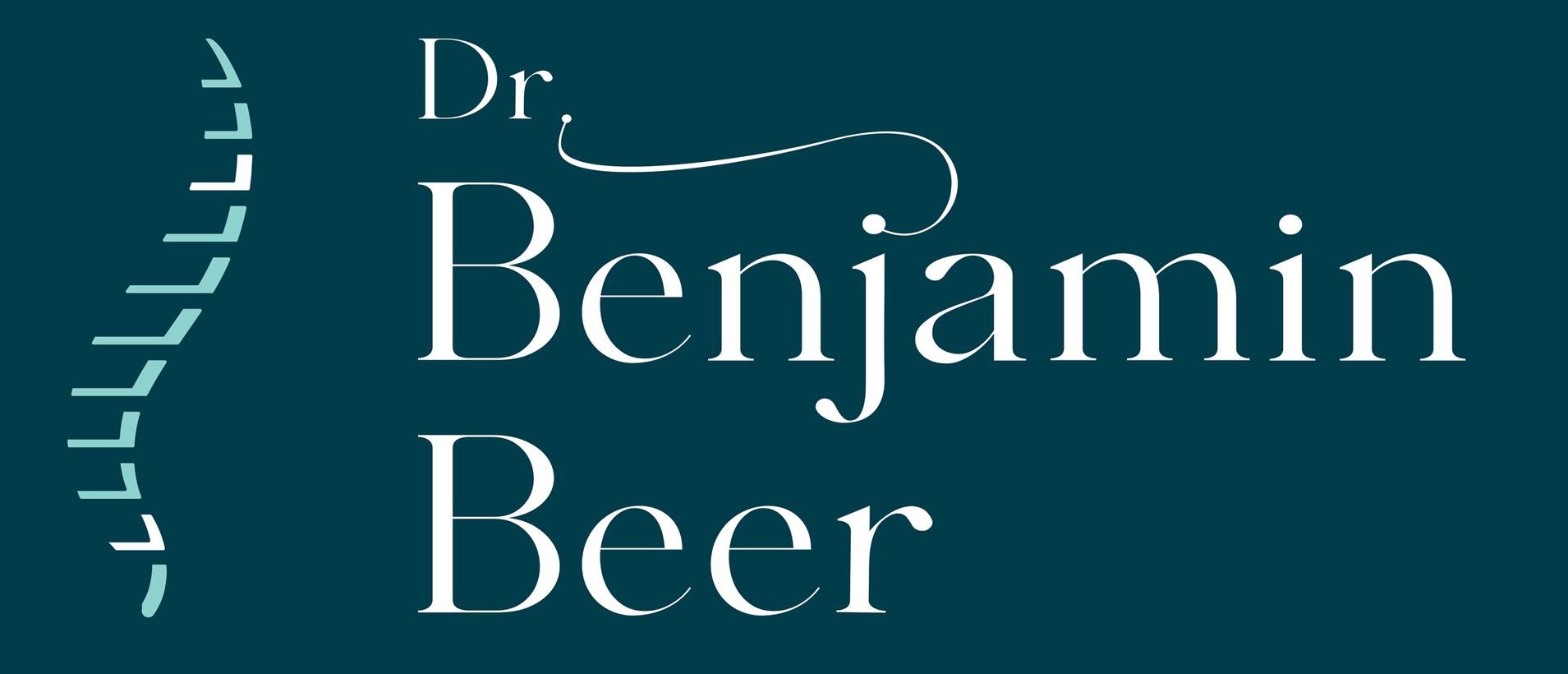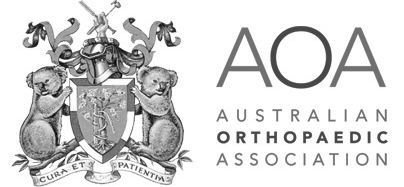Cervical Total Disc Replacement
What is Cervical Total Disc Replacement?
Cervical total disc replacement (CTDR), or cervical disc arthroplasty, is a surgical procedure to treat certain conditions affecting the cervical spine (neck). It involves replacing a damaged or degenerated disc in the neck with an artificial disc implant.
CTDR is typically considered an alternative to traditional cervical fusion surgery. It aims to preserve the motion and flexibility of the neck while relieving pain and maintaining stability in the cervical spine.
Who is Suitable for Cervical Total Disc Replacement?
Generally, candidates for CTDR typically have the following characteristics:
- Degenerative disc disease in the cervical spine causes neck pain, arm pain, or other related symptoms.
- Failure to respond to conservative treatments such as physical therapy, medication, and injections.
- Absence of severe spinal deformities or instability.
- Generally good overall health, without significant medical conditions that would increase the risks associated with surgery.
- Adequate bone density and quality to support the artificial disc implant.
Benefits of Cervical Total Disc Replacement
- Preservation of motion: One of the main advantages of CTDR over cervical fusion is the preservation of motion in the neck. By replacing the damaged disc with an artificial disc implant, CTDR aims to maintain the natural range of motion in the cervical spine.
- Reduced risk of adjacent segment degeneration: Cervical fusion, which involves permanently joining two vertebrae, may increase the stress and load on the adjacent discs, potentially leading to degeneration over time. CTDR, on the other hand, may help reduce the risk of adjacent segment degeneration by preserving motion at the treated level, therefore load-sharing with adjacent levels.
- Faster recovery: CTDR generally involves a shorter recovery period than cervical fusion. As CTDR aims to maintain motion, patients may experience less post-operative pain and stiffness, allowing for a faster return to normal activities.
- Decreased need for post-operative bracing: Patients typically require a cervical collar or brace for some time to support the healing process after cervical fusion surgery. With CTDR, the need for post-operative bracing is usually reduced or eliminated, as the goal is to maintain stability while allowing motion.
- Improved long-term outcomes: Studies have suggested that CTDR can provide favourable long-term outcomes regarding pain relief, functional improvement, and patient satisfaction. Some research has indicated that CTDR may have lower revision rates and better overall outcomes than cervical fusion in select patient populations.
Types of Cervical Total Disc Replacement
There are different types of artificial disc implants used in CTDR, including.
- Metal-on-Polymer: This artificial disc consists of metal end plates that attach to the adjacent vertebrae and a polymer (plastic) core that cushions and facilitates motion.
- Metal-on-Metal: These artificial discs use metal endplates and a metal core to replicate the natural movement of the cervical spine. They are designed to minimise wear and provide durability.
- Metal-on-Biopolymer: These implants combine metal endplates with a biopolymer (plastic) core. The biopolymer core is designed to mimic the characteristics of a natural disc and allow for smooth motion.
Alternative Options to Cervical Total Disc Replacement
While CTDR can be an effective treatment option for certain individuals, alternative options are available, depending on the specific condition and the patient's circumstances. These alternatives may include:
- Conservative management: In some cases, a conservative approach focusing on managing symptoms, activity modification and maintaining function without surgery may be recommended. This can include pain management, physical therapy, exercise, lifestyle modifications and targeted injections (e.g., targeted nerve root steroid injections).
- Cervical fusion is a surgical procedure where the damaged disc is removed, and the adjacent vertebrae are fused using bone grafts or implants. Cervical fusion eliminates motion at the treated level but can provide stability and relieve symptoms.
Preparation for Cervical Total Disc Replacement
Before a CTDR, several steps are typically taken to ensure a smooth and successful surgery:
- Consultation and evaluation: The surgeon will review the patient's medical history, perform a physical examination, and order imaging tests such as X-rays, MRI, or CT scans to assess the condition of the cervical spine.
- Pre-operative preparations may include blood tests, electrocardiogram (ECG), and other medical evaluations to assess overall health and identify potential risks or complications. The surgeon may also provide specific instructions regarding medication use, fasting before surgery, and any necessary lifestyle modifications.
- Education and informed consent: The patient will receive detailed information about the CTDR procedure, its benefits, potential risks, and expected outcomes. This allows the patient to make an informed decision about undergoing surgery. Informed consent will be obtained, indicating that the patient understands the procedure and its associated risks.
Cervical Total Disc Replacement Procedure
During a CTDR procedure, the following steps generally occur:
- Anaesthesia: The patient is administered general anaesthesia to ensure comfort and prevent pain during the surgery. This induces a state of unconsciousness.
- Positioning: Your surgeon and the theatre team will position you on the surgical table. Sometimes, this includes taping down your head, chin and arms.
- Incision: To access the cervical spine, the surgeon makes an incision in the front of the neck, usually along a natural skin crease. The exact size and location of the incision may vary depending on the specific technique used.
- Disc removal: The damaged or degenerated disc is carefully removed from the affected cervical level. The adjacent vertebrae are prepared to receive the artificial disc implant.
- Artificial disc implantation: The surgeon inserts the chosen artificial disc implant between the adjacent vertebrae. The implant is secured in place by a press fit method due to the coating on the prostheses.
- Wound closure: Once the implant is positioned correctly, the incision is closed with sutures or staples. The surgeon may place a sterile dressing over the incision site.
- Recovery: After the surgery, you will be moved to a recovery area, where you will be monitored until the anaesthesia wears off. You will then be transferred to a hospital room before being discharged home between 1-3 days later.
Cervical Total Disc Replacement Recovery Plan
The recovery process typically involves several stages after a Cervical Total Disc Replacement (CTDR). It may include:
- Pain management: Pain and discomfort are common after CTDR. Your surgeon will prescribe appropriate pain medications to help manage post-operative pain. Simple techniques such as topical ice, cool drinks and distraction techniques are also a useful adjunct. Taking the medications as directed and reporting any concerns or severe pain is important.
- Wound care: The incision site will require proper care to minimise the risk of infection and promote healing. Your surgeon will provide instructions on keeping the incision area clean and may schedule follow-up visits to assess the wound and remove any sutures or staples.
- Restricted activities: Patients are typically advised to avoid bending, twisting, or lifting heavy objects during the initial recovery phase. It is important to follow these restrictions to prevent strain or injury to the surgical site.
- Physical therapy and rehabilitation: Physios will see you on the first postoperative day to aid your recovery. Physical therapy exercises can help improve neck strength, flexibility, and overall function.
- Follow-up visits: Regular follow-up appointments with your surgeon and trusted physiotherapist are essential to monitor the recovery progress and assess the effectiveness of the CTDR. These visits allow the surgeon to evaluate the healing process, address any concerns or complications, and make necessary adjustments to the recovery plan.
- Return to normal activities: Generally, patients can gradually resume their daily activities and work as their surgeon and physical therapist recommended. It is important to follow the guidance provided by the healthcare team and not rush the recovery process.
Cervical Total Disc Replacement Prognosis
The prognosis after CTDR is generally positive for patients who are appropriate candidates for the procedure. It can relieve symptoms such as neck pain, arm pain, and numbness while preserving motion and function in the cervical spine. Studies have shown that CTDR can improve quality of life, reduce pain, and increase patient satisfaction. However, individual outcomes can vary depending on factors such as the patient's overall health, the severity of the condition, and adherence to post-operative care and rehabilitation.
Cervical Total Disc Replacement Risks
While CTDR is considered a safe procedure, there are potential risks and complications associated with the surgery. These can include
- Complications related to anaesthesia
- Damage to the oesophagus (food tube) or trachea (windpipe)
- Bleeding
- Infection
- Nerve or spinal cord injury
- Extension of surgery/fusion due to poor bone quality
- Hoarseness or difficulty swallowing
- Infection
- Instability
- Prostheses wear
What if Cervical Total Disc Replacement is Delayed?
If CTDR is delayed, the individual may continue to experience symptoms related to their underlying condition, such as neck and arm pain, limited range of motion, and reduced quality of life. Delaying treatment could lead to further degeneration of the affected discs or additional spinal issues. However, the impact of delayed treatment can vary depending on the specific condition and individual circumstances.
Consult with a qualified spinal surgeon to assess the severity of the condition and determine the most appropriate course of action. They can provide personalised guidance on the risks and benefits of CTDR and help decide if delaying the procedure would be advisable or if alternative treatments or interventions may be necessary.









